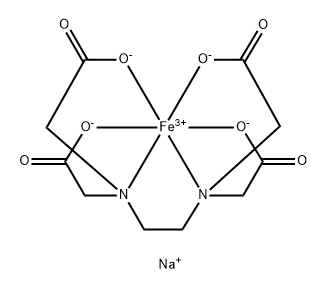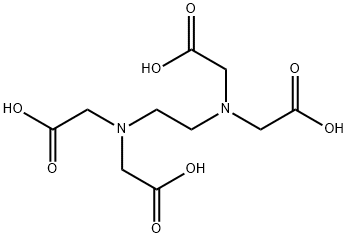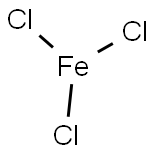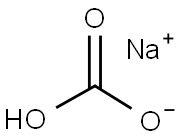Description
EDTA ferric sodium salt is the ferric sodium salt of EDTA (Ethylene Diamine Tetraacetic Acid). It is a broad-spectrum molluscicide that is capable of killing snails and slugs and protecting agricultural crops and garden plants. In particular, it can eliminate infestations of Cornu aspersum, the common garden snail. It takes effect through interacting with and destroying hemocyanin, a copper based compound existing in the blood of molluscs and anthropods that is engaged in carrying oxygen (play a similar role with hemoglobin invertebrates). It is capable of killing snails and slugs in a few days. It can also be used as a food fortifier and a source of iron to be supplemented to the foods for nutrition purposes.
References
Haldane, S. L, and R. M. Davis. "Acute toxicity in five dogs after ingestion of a commercial snail and slug bait containing iron EDTA. " Australian Veterinary Journal 87.7(2009):284-286.
Yang, Jin Sun, X. N. Tang, and S. L. Zhou. "Effects of EDTA and some metallic ions on the activity of phenoloxidase from Oncomelania snail." Journal of Pathogen Biology (2007).
Tao, A. N., X. J. Yan, and L. I. Guo-Ting. "Research on the New Preparation Process of Food Fortifier EDTA Ferric Sodium." China Condiment (2013).
Chemical Properties
yellow-brown powder
Uses
Sodium Iron EDTA is often used in children nutrition as a source of iron.
Uses
Used as a micronutrient fertilizer, an additive in the food industry, a catalyst in the chemical industry and bleaching agent in the photographic industry.
Definition
ChEBI: An iron chelate resulting from the deprotonation of all four carboxy groups of ethylenediaminetetraacetic acid and the addition of an iron(3+) and a sodium ion. It is used for the treatment of iron deficiency anaemia.
Flammability and Explosibility
Non flammable
reaction suitability
reagent type: chelator
Biochem/physiol Actions
Chelates divalent cations.








